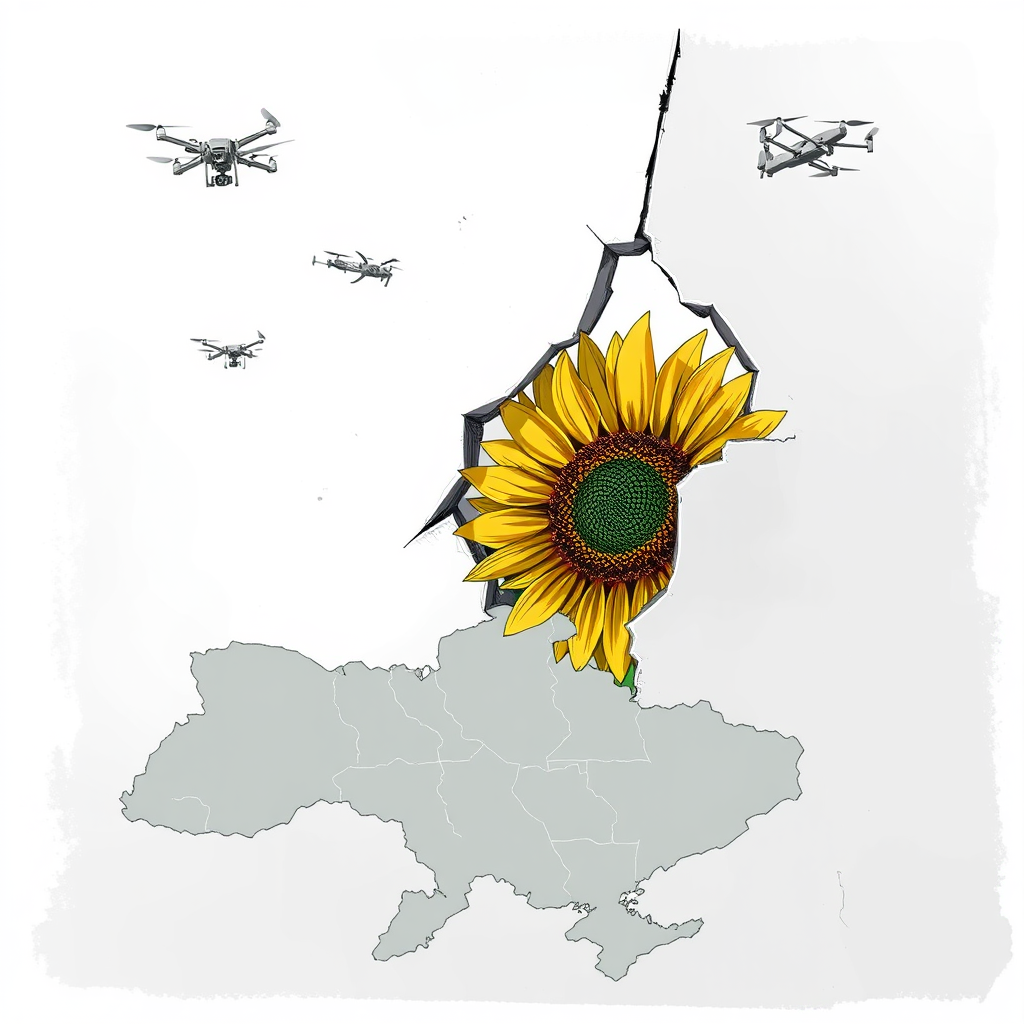Ukraine’s Fight: Can It Survive Without US Aid?

Ukraine’s ability to sustain its fight against Russia hangs in the balance, facing a critical juncture as Western support faces potential limitations. While Kyiv demonstrates battlefield innovation and a growing domestic defense industry, the future hinges on continued aid, particularly from the United States and a bolstered commitment from European allies.
Recent Ukrainian successes, like the “Spider Web” drone attacks targeting Russian military bases and the damage inflicted on the Kerch Strait Bridge, showcase a capacity for asymmetric warfare and strategic strikes despite facing a larger, conventionally armed adversary. These operations, coupled with a shift towards drone-centric combat, are lowering the cost of the war for Ukraine and highlighting its adaptability. However, these tactical wins are unfolding against the backdrop of a renewed Russian offensive in the north and east, accompanied by intensified missile and drone barrages.
The most pressing concern centers on the potential decline in U.S. aid. While $60 billion in previously authorized assistance remains in the pipeline for the coming months, its depletion will create a significant gap. Experts warn that the U.S. uniquely provides critical assets – advanced air and missile defense systems like Patriot batteries, long-range precision weaponry such as HIMARS, and vital intelligence gathering capabilities – that are difficult for other nations to replicate. The recent absence of the U.S. Defense Secretary from key defense meetings signals a shift in Washington’s engagement, raising anxieties in Kyiv and among European partners.
Europe is stepping up to fill the potential void, with leaders expressing optimism about sustaining support for Ukraine. Germany, in particular, emphasizes a long-term commitment, and European aid already surpasses the U.S. contribution in 2024. The possibility of leveraging frozen Russian assets to fund Ukraine’s defense is also being explored. However, challenges remain, including production delays, the need for European rearmament, and ensuring consistent resolve among allies.
A potential workaround being discussed involves the U.S. selling military equipment to European nations, who would then transfer it to Ukraine, allowing Washington to claim cost savings while still indirectly aiding Kyiv.
Despite the grim outlook, there are reasons for cautious optimism. Ukraine’s defense industry is rapidly expanding, now accounting for 40% of its needs. The country is embracing innovative tactics, prioritizing drone warfare and intelligence-driven operations over traditional, manpower-intensive strategies.
Ultimately, Ukraine’s ability to continue fighting will depend on a complex interplay of factors. While battlefield innovation and a growing domestic defense industry are bolstering its resilience, sustained Western support – particularly from the United States – remains crucial. Europe’s commitment is vital, but translating pledges into tangible deliveries of weapons and equipment will be paramount. The coming months will be decisive in determining whether Ukraine can withstand the renewed Russian offensive and secure its future. The situation is a stark reminder that statements of support are insufficient; concrete action and consistent aid are essential to repel aggression and uphold international security.